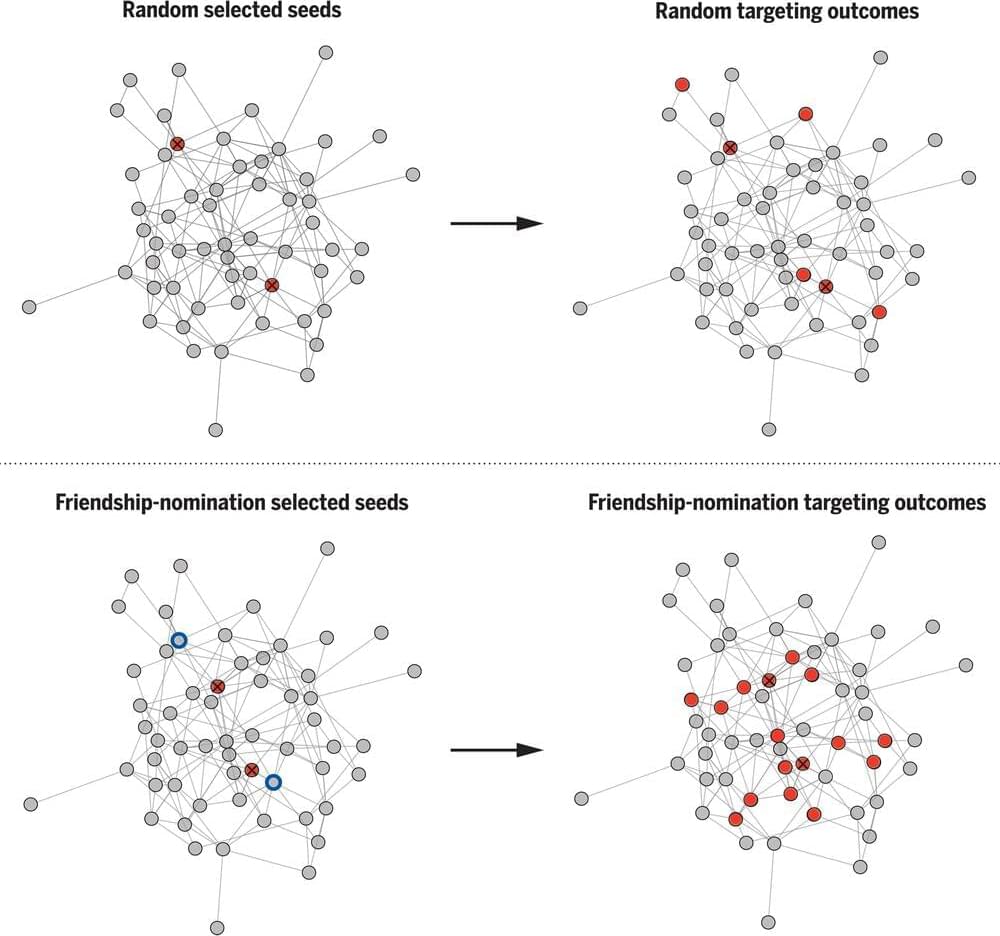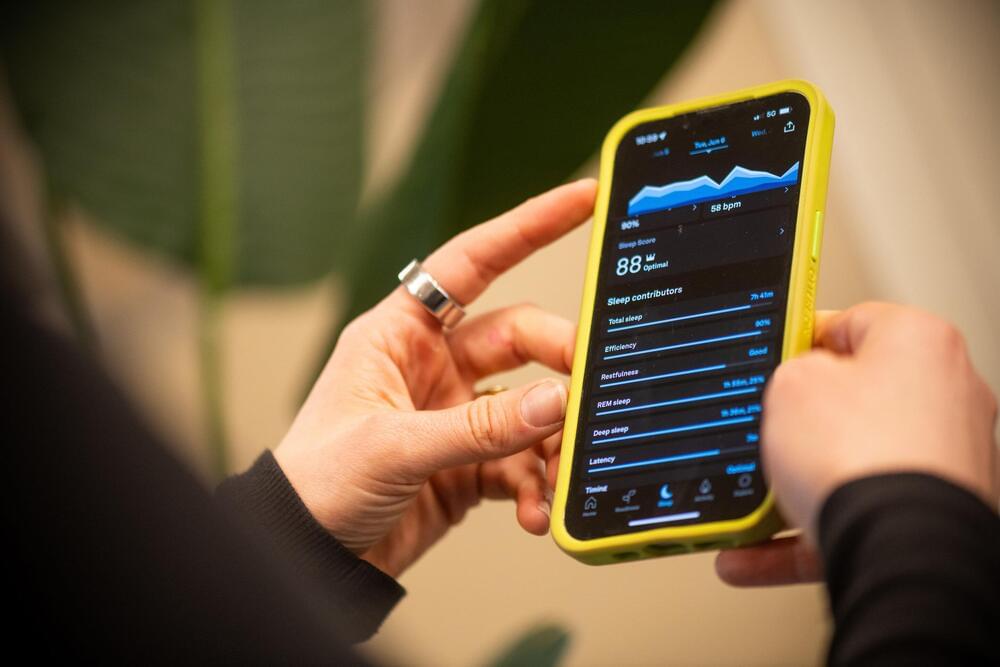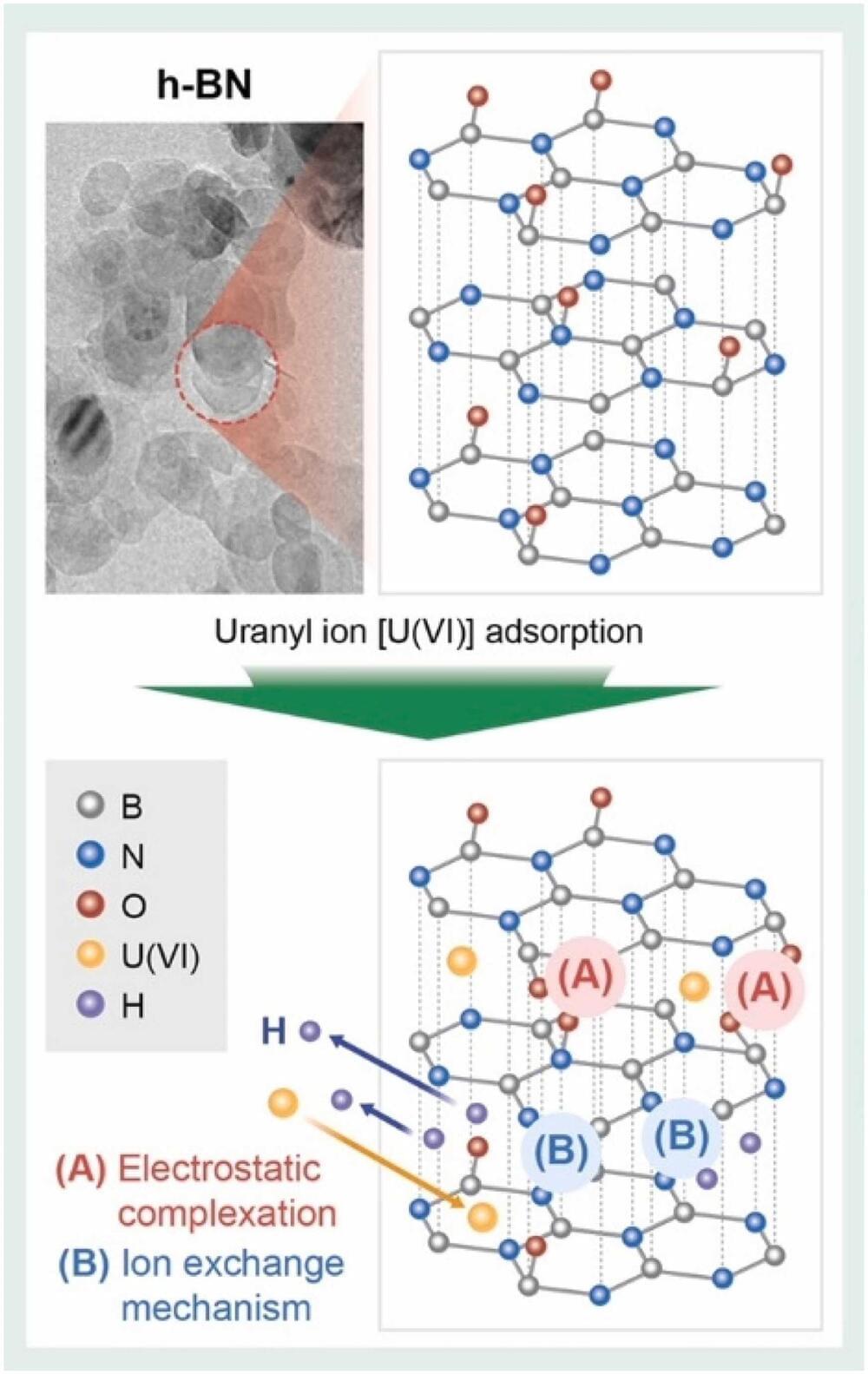AbstractThis talk will delve into the intricate web of space radiation, focusing on its three primary components – galactic cosmic rays, solar energetic part…
Category: health – Page 109
Dr. Jaime Yassif, Ph.D. — VP, Global Biological Policy and Programs, Nuclear Threat Initiative (NTI)
Working To Reduce Global Catastrophic Biological Risks — Dr. Jaime Yassif, Ph.D. — VP, Global Biological Policy and Programs, Nuclear Threat Initiative.
Dr. Jaime Yassif, Ph.D. serves as Vice President of Global Biological Policy and Programs, at the Nuclear Threat Initiative (https://www.nti.org/about/people/jaim…) where she oversees work to reduce global catastrophic biological risks, strengthen biosecurity and pandemic preparedness, and drives progress in advancing global health security.
Prior to this, Dr. Yassif served as a Program Officer at the Open Philanthropy Project, where she led the initiative on Biosecurity and Pandemic Preparedness. In this role, she recommended and managed approximately $40 million in biosecurity grants, which rebuilt the field and supported work in several key areas, including: development of new biosecurity programming at several leading think tanks; cultivation of new talent through biosecurity leadership development programs; initiation of new biosecurity work in China and India; establishment of the Global Health Security Index; development of the Clade X tabletop exercise; and the emergence of a new discussion about global catastrophic biological risks.
Previously, Dr. Yassif was a Science and Technology Policy Advisor at the U.S. Department of Defense, where she focused on oversight of the Cooperative Threat Reduction Program and East Asia security issues. During this period, she also worked on the Global Health Security Agenda (GHSA) at the Department of Health and Human Services, where she helped lay the groundwork for the WHO Joint External Evaluations and the GHSA Steering Group.
Dr. Yassif’s previous experience includes work with Connecting Organizations for Regional Disease Surveillance, Chatham House, NTI, the Federation of American Scientists and the Tsinghua University Institute for International Studies.

When Antibiotics Fail: MIT Scientists Use AI To Target “Sleeper” Bacteria
Most antibiotics target metabolically active bacteria, but with artificial intelligence, researchers can efficiently screen compounds that are lethal to dormant microbes.
Since the 1970s, modern antibiotic discovery has been experiencing a lull. Now the World Health Organization has declared the antimicrobial resistance crisis as one of the top 10 global public health threats.
When an infection is treated repeatedly, clinicians run the risk of bacteria becoming resistant to the antibiotics. But why would an infection return after proper antibiotic treatment? One well-documented possibility is that the bacteria are becoming metabolically inert, escaping detection of traditional antibiotics that only respond to metabolic activity. When the danger has passed, the bacteria return to life and the infection reappears.

Temporal dynamics of the multi-omic response to endurance exercise training
A study in Nature identifies molecular responses to endurance exercise training in rats, including sex-specific responses. The findings may offer new insights into the impact of exercise on health and disease. Read the paper:
Temporal multi-omic analysis of tissues from rats undergoing up to eight weeks of endurance exercise training reveals widespread shared, tissue-specific and sex-specific changes, including immune, metabolic, stress response and mitochondrial pathways.


How the US is preparing for a potential bird flu pandemic
As the US grapples with an ongoing bird flu outbreak in dairy cattle, the country’s health agencies are ramping up surveillance efforts and working to develop a vaccine if needed.
By Grace Wade



Scientists use Wearable Technology to Detect Stress Levels During Sleep
What if changes in a person’s stress levels could be detected while they sleep using wearable devices? A new study by University of Vermont researchers published in PLOS Digital Health is the first to find changes in perceived stress levels reflected in sleep data—an important step towards identifying biomarkers that may help flag individuals in need of support.
Given how critical sleep is to physical and mental health, the research team suspected signals might exist in sleep data, says Laura Bloomfield, a research assistant professor of mathematics and statistics and lead author of the study. “Changes in stress are visible.”
When parsing baseline sleep data, the researchers found “consistent associations” between people’s perceived stress scores and factors such as total sleep time, resting heart rate and heart rate variability, and respiratory rate.

Discovery of uranium-contaminated soil purification material without secondary environmental pollution
Nuclear energy has long been regarded as a next-generation energy source, and major countries around the world are competing to secure cutting-edge technologies by leveraging the high economic efficiency and sustainability of nuclear power. However, uranium, which is essential for nuclear power generation, has serious implications for both soil ecosystems and human health.
Despite being a key radioactive material, uranium poses significant health risks due to its chemical toxicity to the kidneys, bones, and cells. As a result, both the U.S. Environmental Protection Agency and the World Health Organization recommend allowing and advocating for uranium concentrations in wastewater to be below 30 μg/L.
The Korea Institute of Civil Engineering and Building Technology (KICT) has conducted research on a nano-material-based adsorption process to efficiently remove uranium wastewater extracted from actual radioactive-contaminated soil. They have also proposed its applicability to prevent secondary environmental pollutions.